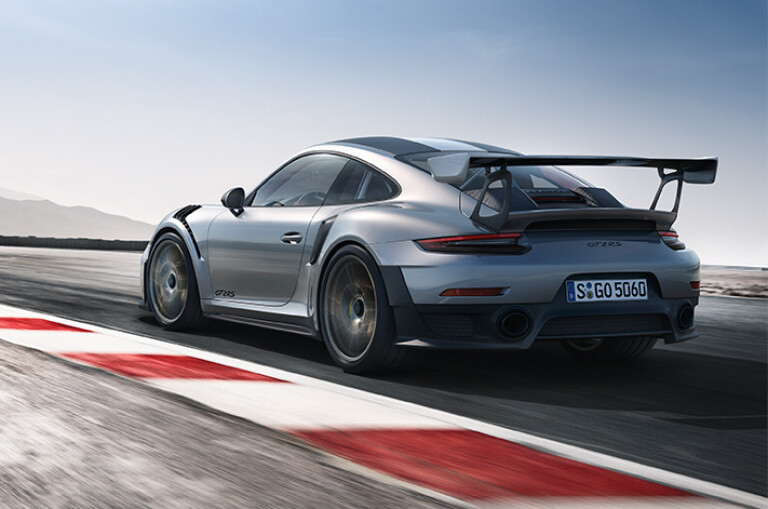
WE KNEW it was going to be something a bit special, but when the Porsche 911 GT2’s specifications dropped, there was a collective intake of breath. Packing 515kW from its twin-turbocharged 3.8-litre flat-six, and sending all that power through the rear wheels, it’s the most powerful roadgoing 911 to date.
The price is also a bit more extreme than many expected, at $645,400 when the car arrives at dealers early next year. Residual values of GT-badged Porsche have historically held up extremely well, so over the longer term, the GT2 RS shouldn’t prove a rash investment.

The engine is a development of that fitted to the 911 Turbo S. But whereas that car sends its power to all four corners, the GT2 RS shaves weight by opting for a rear-drive setup. Weighing in at just 1470kg, this guarantees brutal acceleration, the hottest 911 breaking the 100km/h mark from rest in a vanishingly brief 2.8 seconds. Find a suitable place to do so, and some brave pills, and you could also verify Porsche’s 340km/h top speed claim.
| 2015 Porsche Cayman GT4 First Drive Review
The extra power – and a peak torque figure of 740Nm – comes via a re-engineered Turbo S powertrain with bigger turbochargers, a water spray for the charge-air cooler and a number of electronic tweaks. There’s also a louder titanium exhaust that shaves 7kg off the all-up weight, while the seven-speed PDK sequential transmission can rifle through shifts with devastating rapidity. The GT2 RS also gets a clever rear-wheel steering system, big carbon-ceramic brake discs and retuned PSM stability control.

If you thought the GT3 RS was an outrageous-looking thing – all vents and endurance-spec spoiler - the GT2 RS takes that visual theme and runs with it. Porsche being Porsche, functionality is key and weight saving has been an overriding design criterion. The front wings, bonnet, wheel housing vents, mirror shells, air intakes on the rear side sections and parts of the rear end are made from carbonfibre-reinforced plastic, as are many of the interior components. There’s even a magnesium roof to lower the centre of gravity.
That is, if you stick with the standard car. Option in the Weissach Package, and the roof panel swaps for an even lighter carbonfibre item, along with a bunch of other carbon bits, to help shave 30kg. You can signal a little one-upmanship with a body-coloured stripe that runs over the exposed weave carbon luggage compartment lid and roof.


COMMENTS